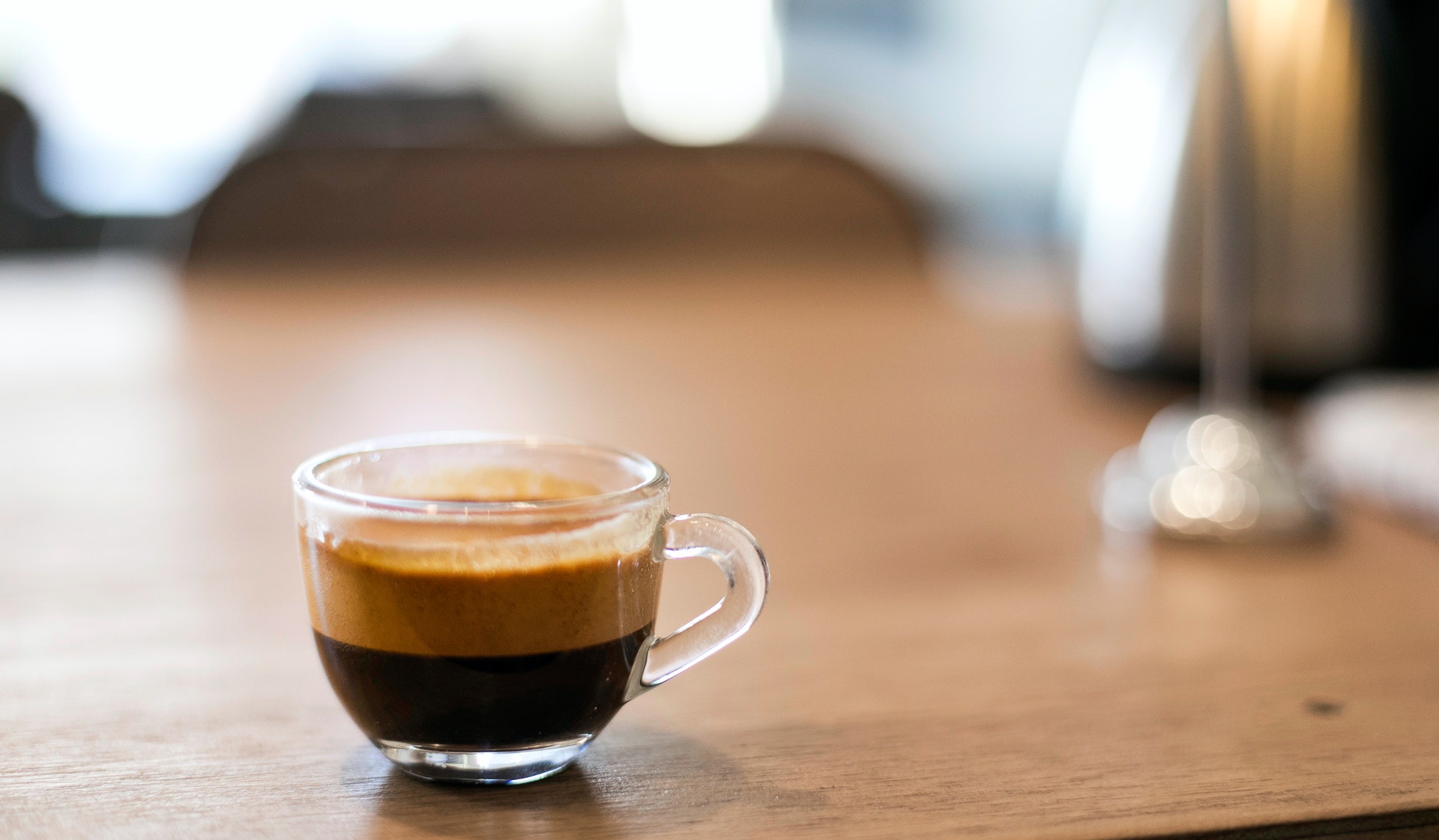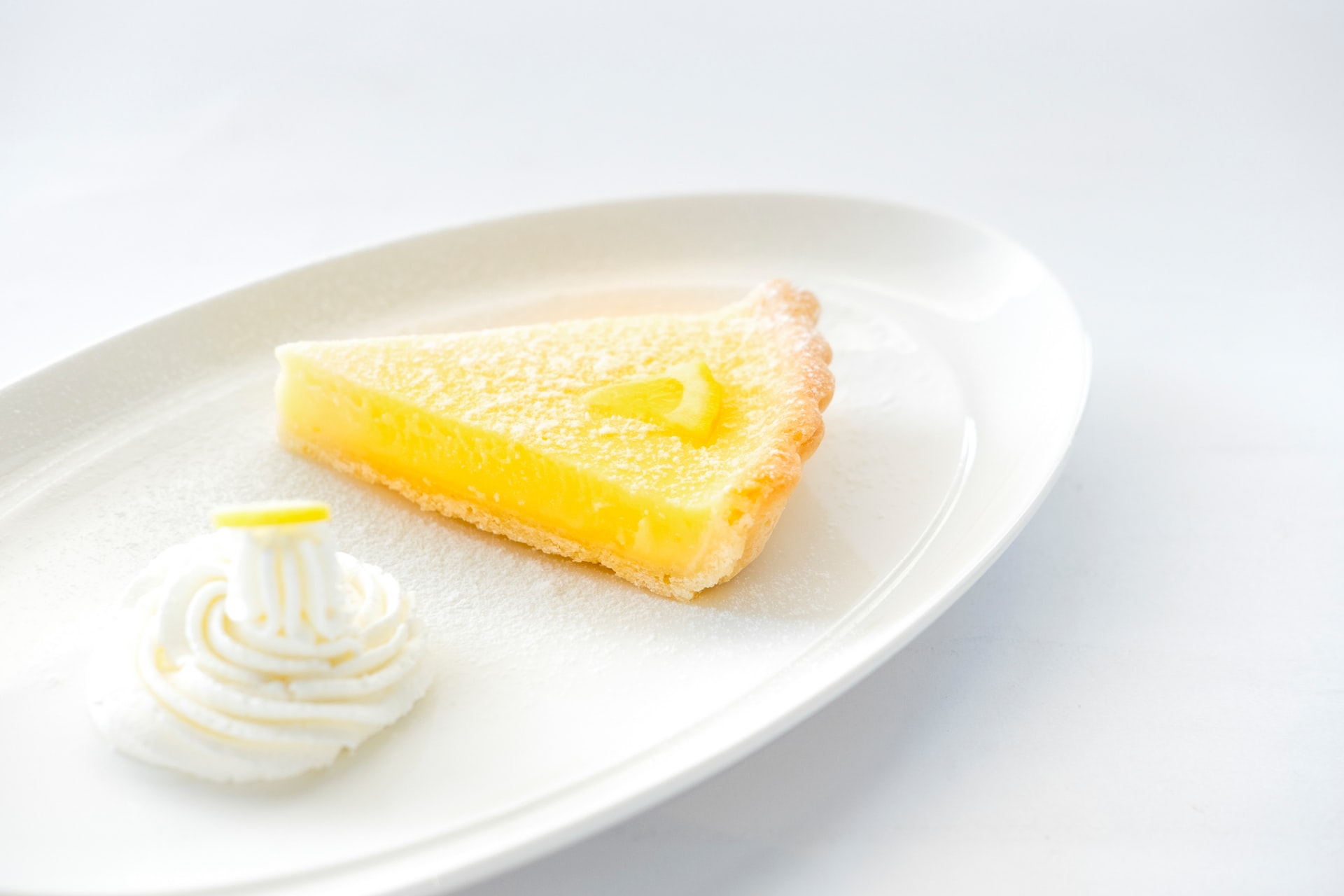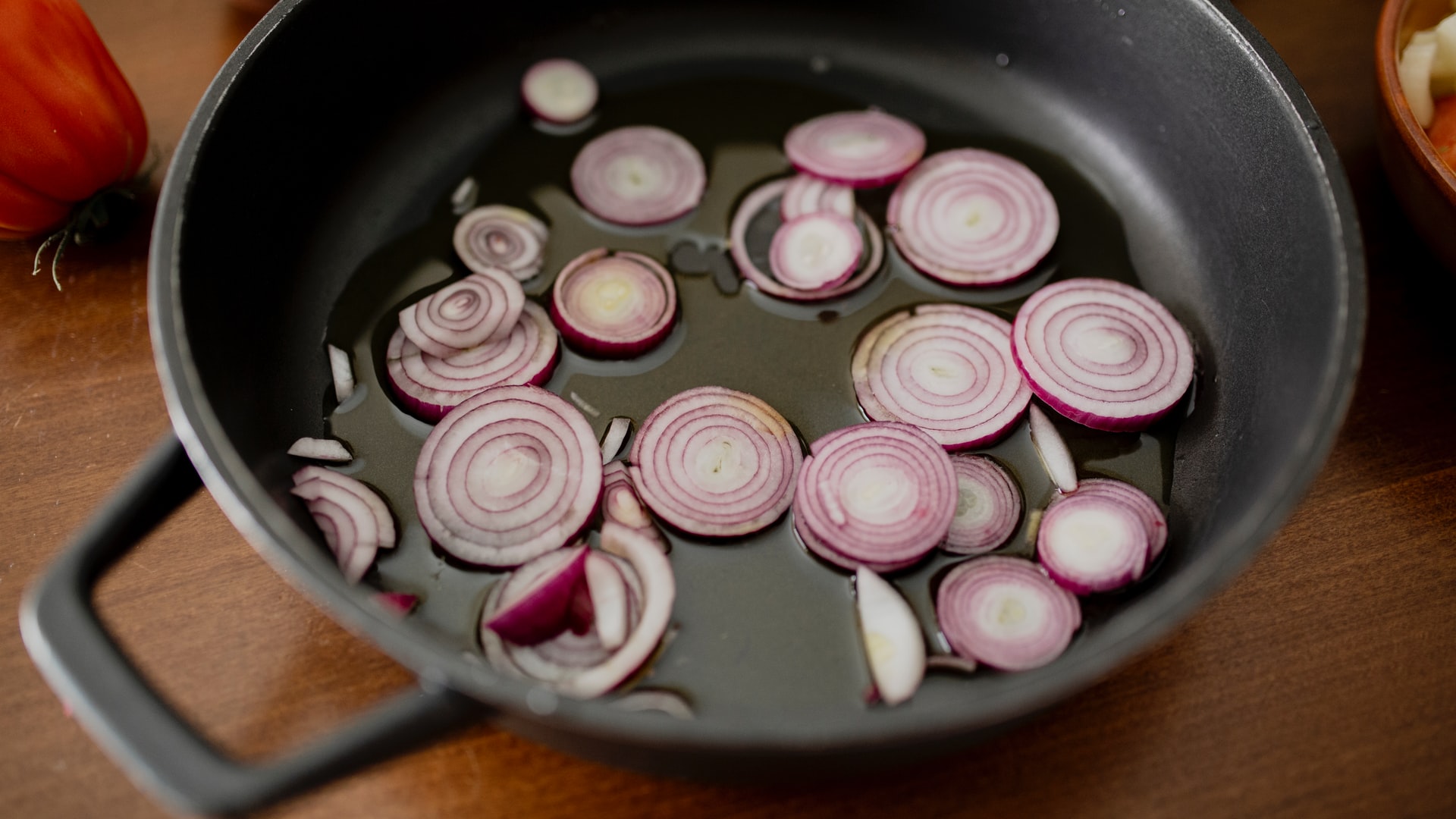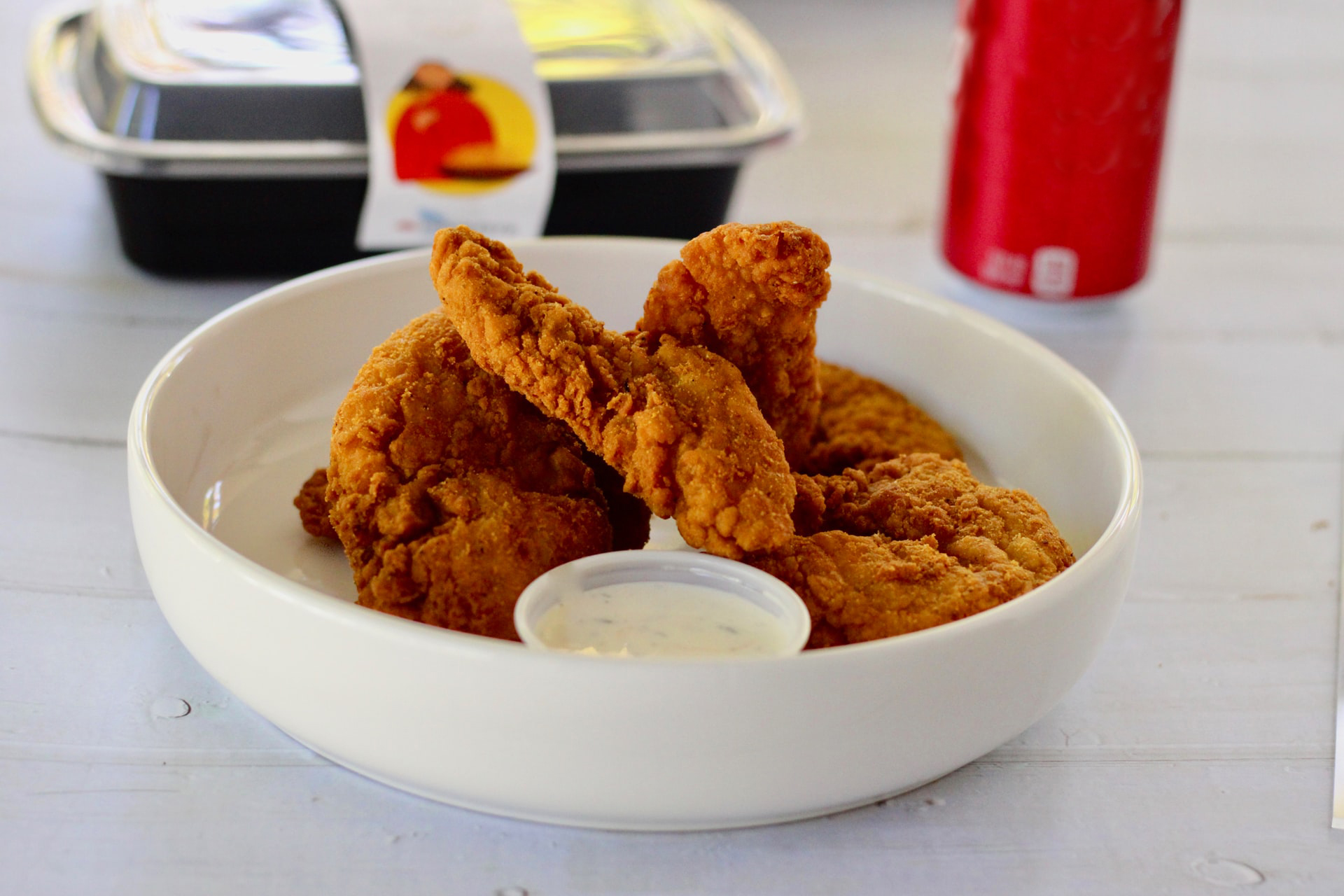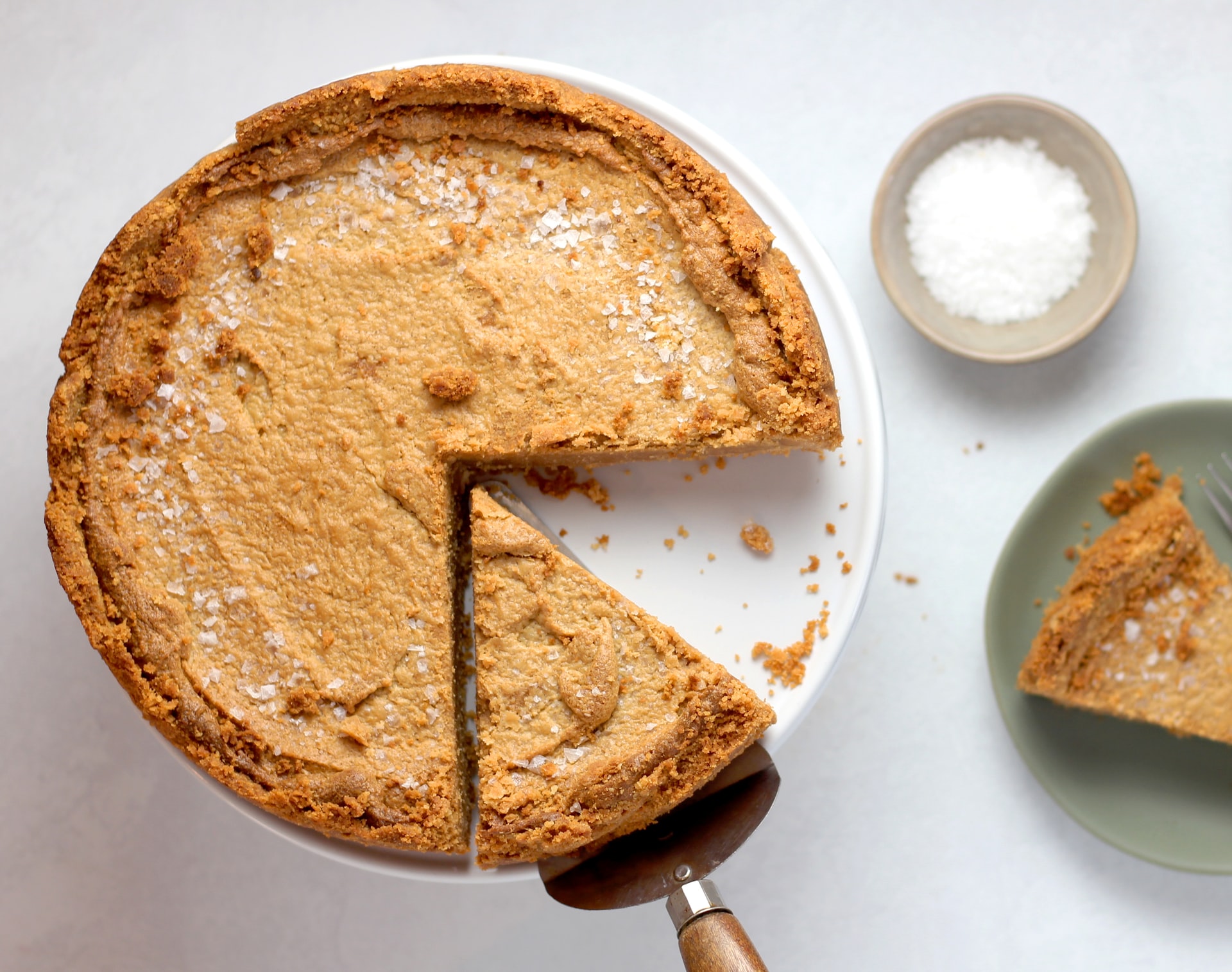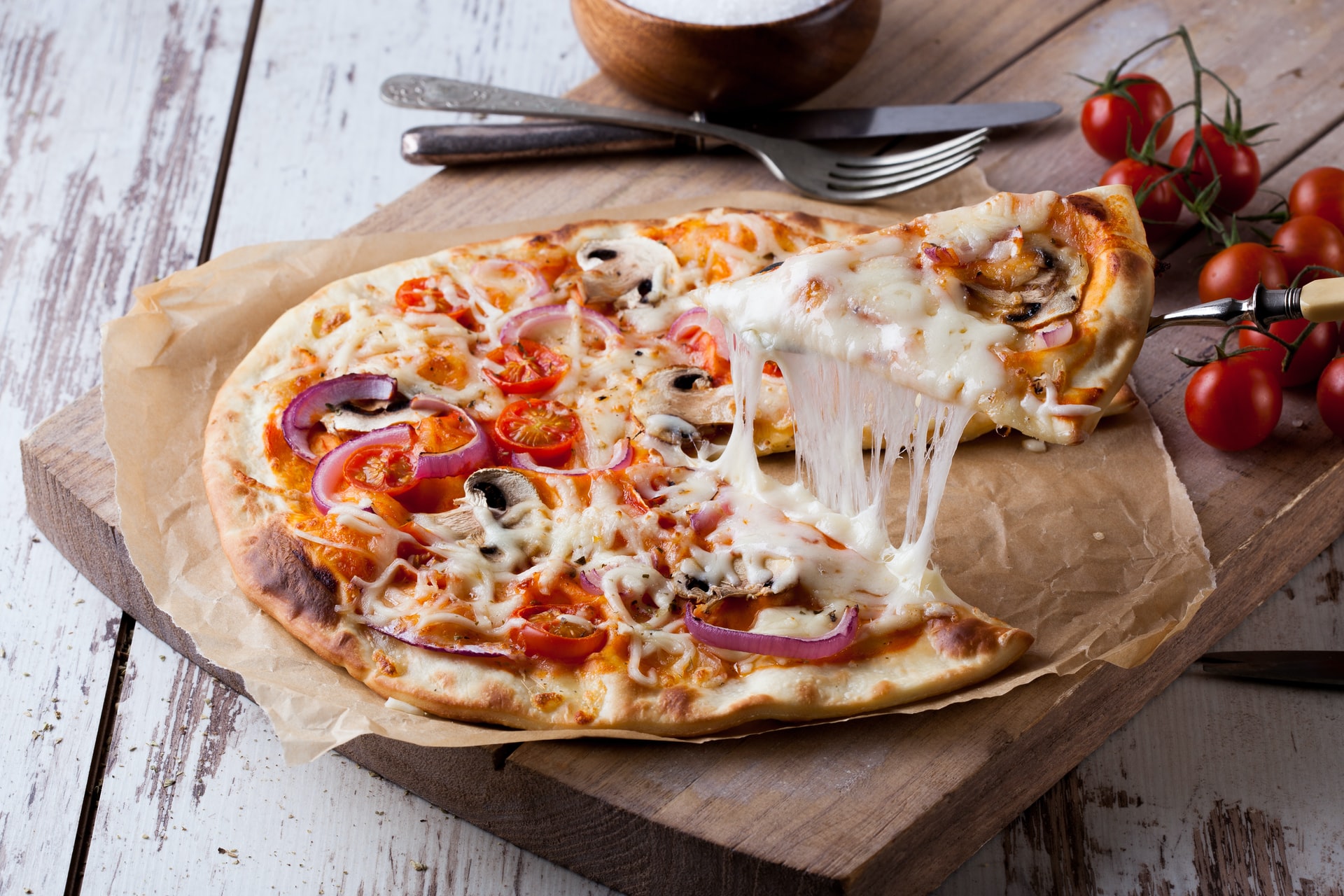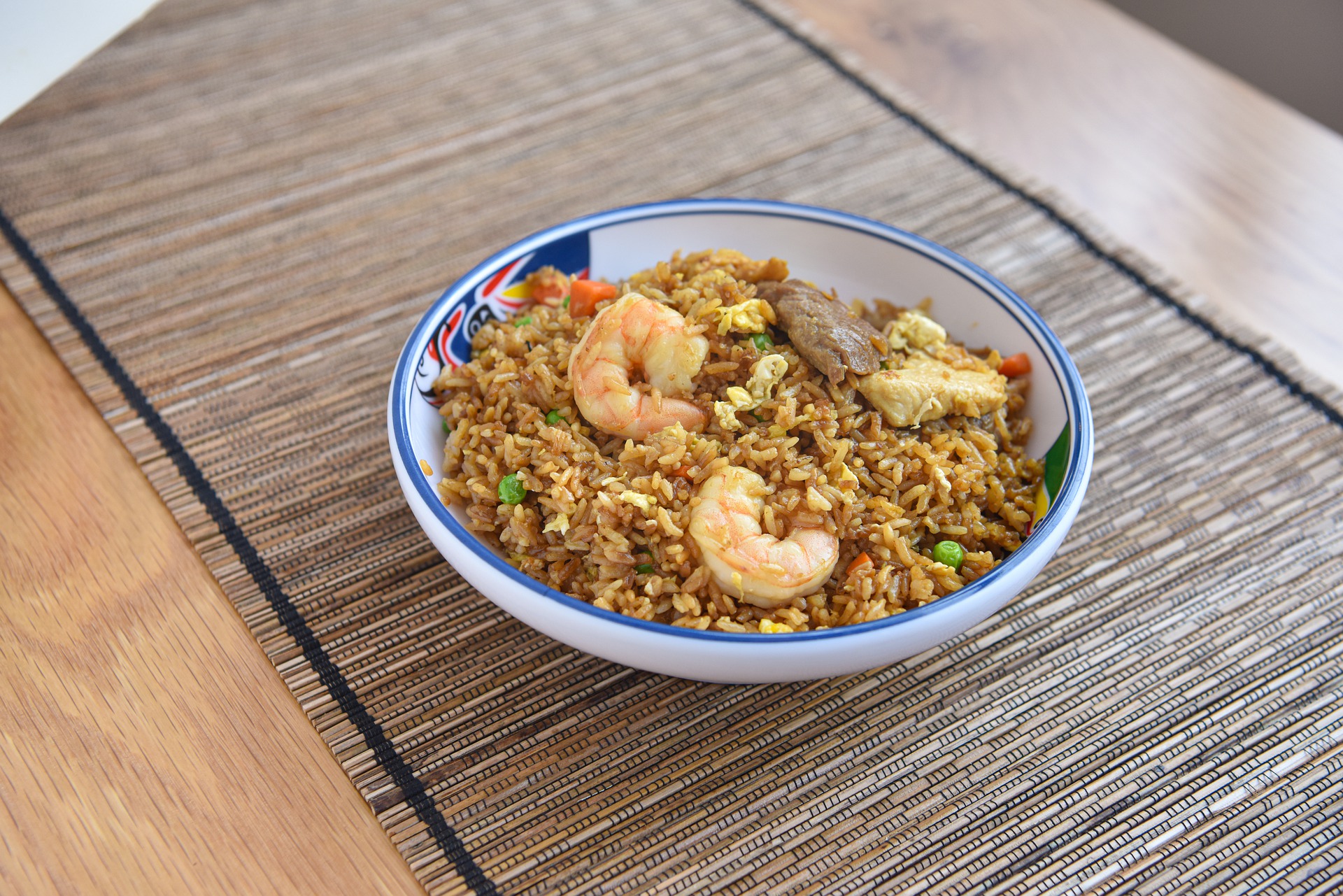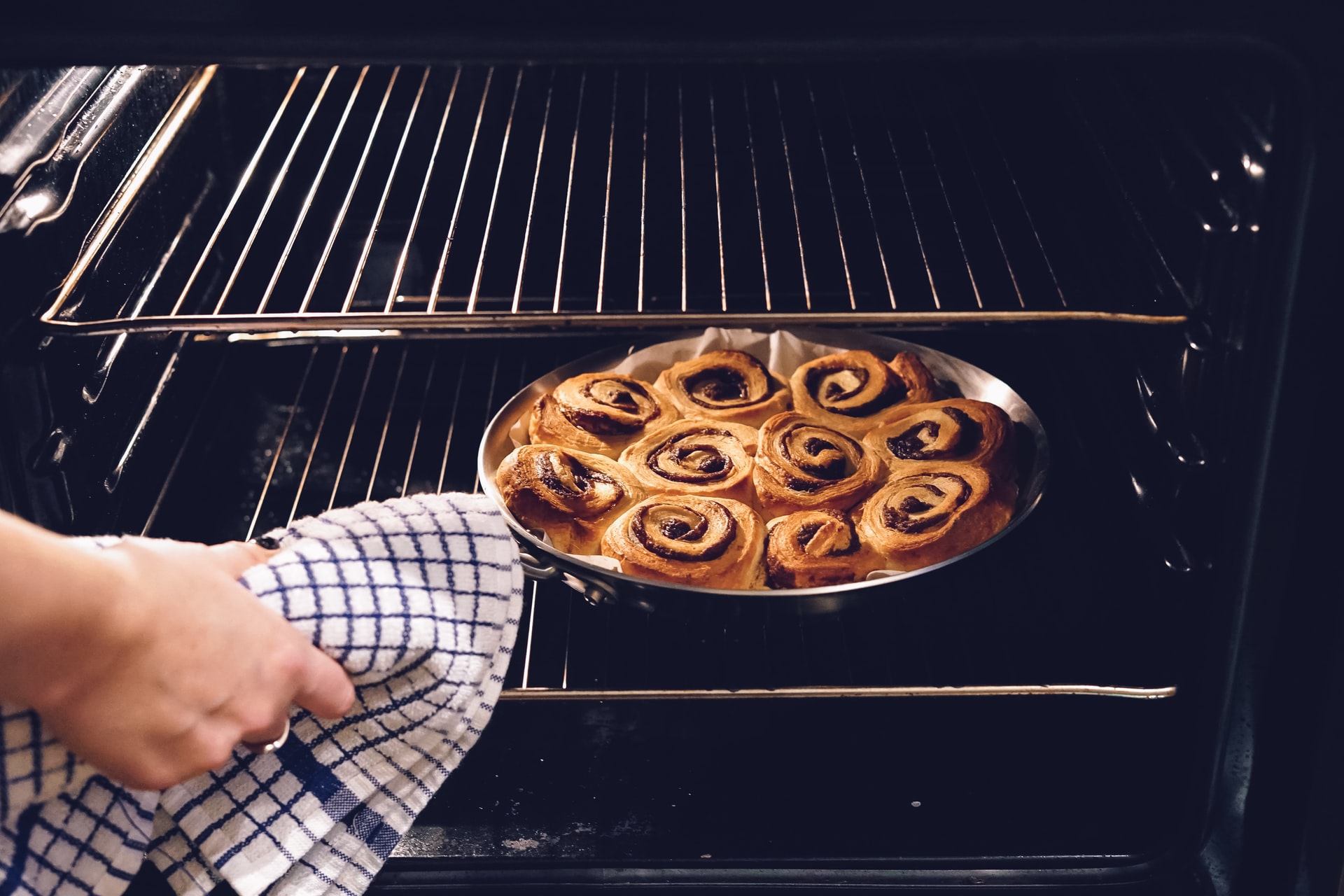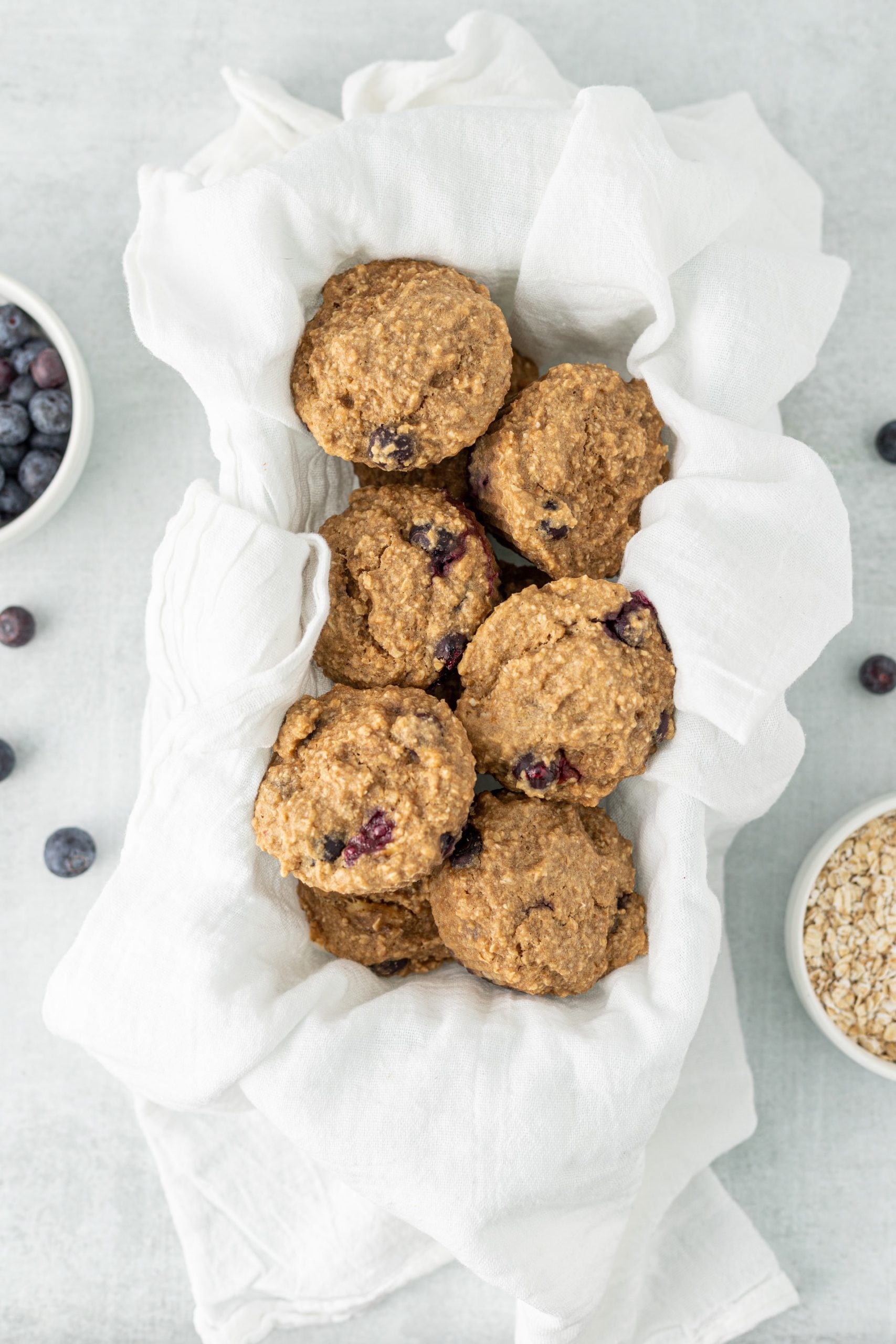Prepare the ultimate dessert. A buttery crust and zingy lemon filling, it’s perfect for any upcoming holiday occasion. Make the zest, dough and tart a few days in advance. Learn more below. Prep time: 90 minsCook time: 25 minsTotal: 115 minsServings: 6 to 8 slices Ingredients: For the candied zest: 1 cup lemon zest, julienned 1 cup granulated sugar For the crust: 1 1/2 cups (200 g) flour 1/2 teaspoon salt 1/2 cup (50 g) powdered sugar 1/2 cup (1 stick, or 1/4 pound, 112 g) unsalted butter, softened at room temperature 1 large egg, beaten 1/4 teaspoon almond extract 1 teaspoon lemon zest For the lemon filling: 1/2 cup (1 stick) unsalted butter1/4 cup crème fraîche (can sub sour cream)2 large eggs3 large egg yolks3/4 cup fresh lemon juice3/4 cup (150 g) granulated sugar1 1/2 teaspoon lemon zest Directions: Place lemon zest in a saucepan and cover with water by 1/2 inch. Bring to a boil. Remove from heat, drain the water. Fill up with water again and repeat. Bring to a boil, remove from heat, then drain.Add water again, this time adding the sugar as well. Simmer for 30 minutes, drain. Spread the zest out on a sheet of parchment paper. Let dry overnight at room temperature (do not put in the refrigerator). (Tip: if you wrap the zest strands around a chopstick and let them dry wrapped, then the next day when you unwrap them, they’ll hold a curly form.)The next day toss the zest with a little more sugar. Whisk together the flour, salt, and powdered sugar in a bowl. Add the butter and either use your (clean) fingers, or use a pastry blender, to mix the butter into the flour until the dough forms flaky crumbs and lumps. Try to make sure that all of the flour is coated with some butter.With a wooden spoon, mix in the egg, 1/4 teaspoon almond extract, and 1 teaspoon of lemon zest. Continue to mix until the dough clumps. Shape into a ball, flatten into a disk, wrap in plastic, refrigerate at least an hour or up to 2 days in advance. Preheat oven to 350°F If the dough has chilled overnight, let it sit at temperature for at least 10-15 minutes before attempting to work with it. This allows the dough to relax enough to become somewhat pliable before rolling out.Roll out the dough by either sprinkling the dough and rolling surface with little flour, or you can roll the dough out between two sheets of parchment paper. Roll the dough out to a circle 2 inches wider in diameter than your tart pan (about a 12-inch round).Press the dough into the tart pan. Use your rolling pin to level the dough along the edges of the pan. Freeze for 30 minutes. Place aluminum foil over the foil and gently mold it to the dough in the pan. Add pie weights (dried beans, sugar, rice, or ceramic pie weights).Bake at 350°F for 20 minutes. Remove from oven, lift the sides of the aluminum foil to remove the pie weights, and let the crust cool. Melt butter and crème fraîche together over a double boiler, stirring to combine. (If you don’t have a double boiler, bring a couple inches of water to simmer in a saucepan, place a stainless steel or pyrex bowl on top of the saucepan, making sure the bottom of the bowl is not touching the simmering water.) Remove top pan from heat and set aside.In a second bowl over the double boiler, whisk the eggs and egg yolks just long enough to warm them. Remove from heat and beat in the butter mixture, then the lemon juice.Strain the mixture through a sieve into a clean bowl and place over the simmering water. Add the sugar and zest and whisk until warm to touch, about 4 minutes. Pour the lemon filling into the crust and bake at 350°F for 25 minutes or until set in the middle. Let cool on a rack. Chill in the refrigerator. When ready to serve, top the tart with candied lemon zest. Are you looking to bake pastries and meals with an upgraded luxury appliance? Click here to learn more about Cosmo Ranges and Ovens. Source: Simply Recipes

